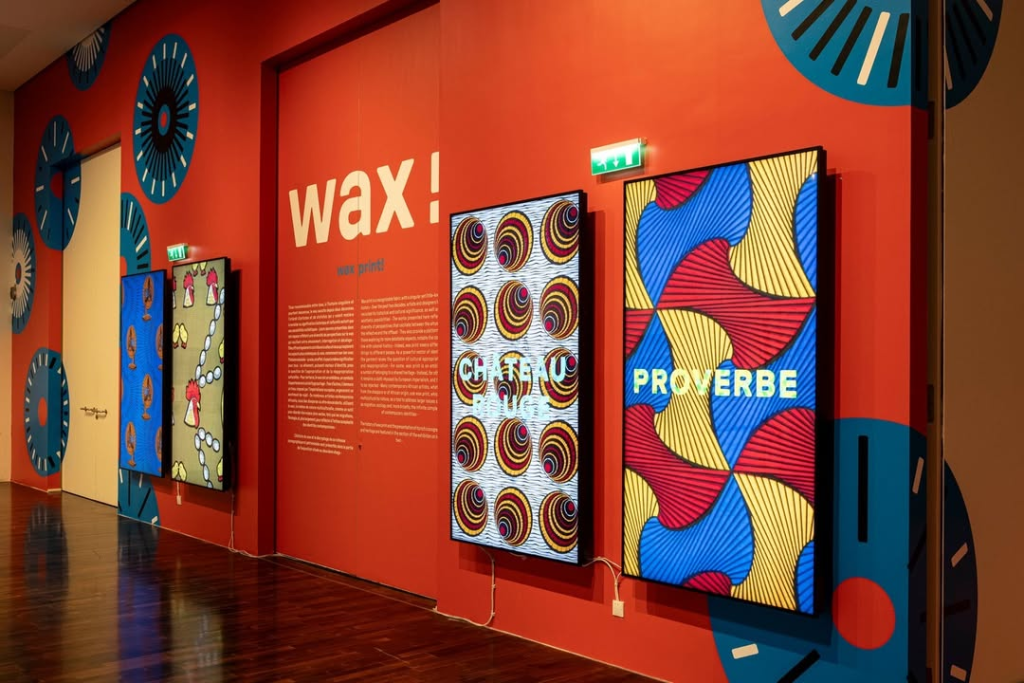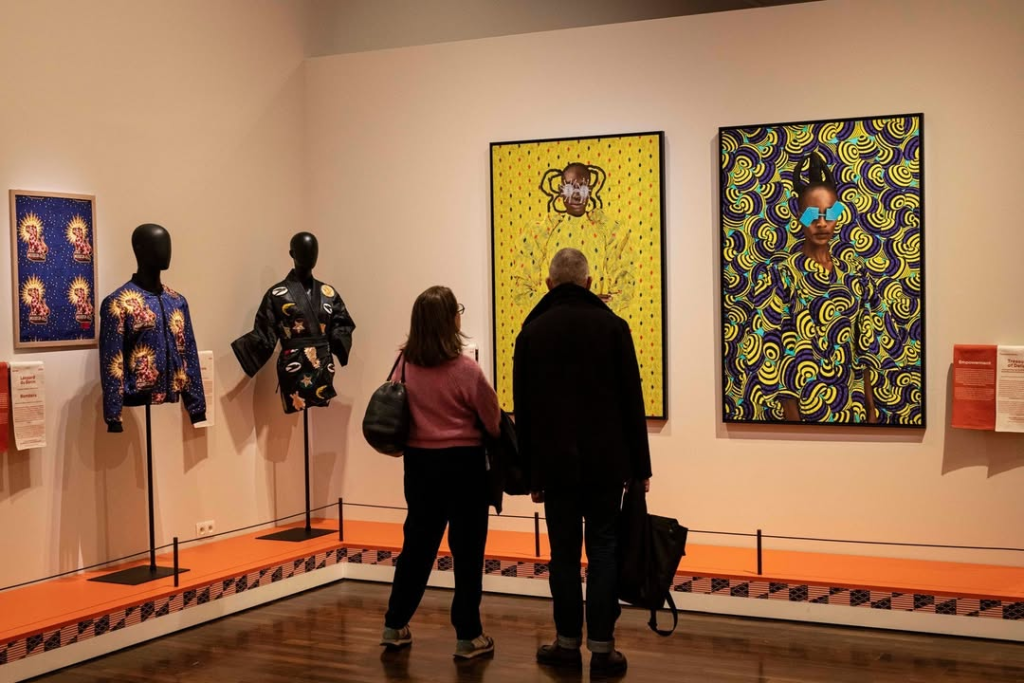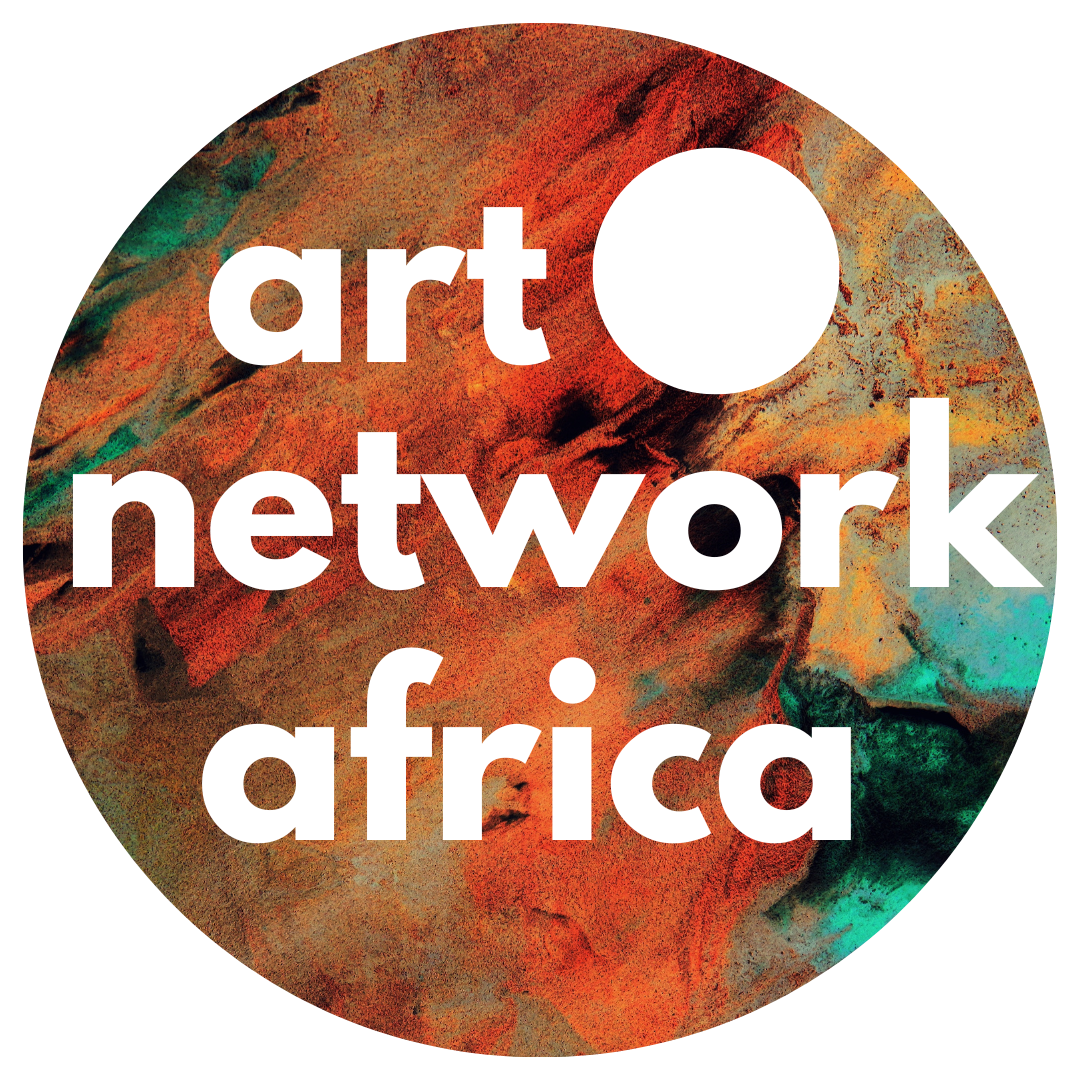The Musée de l’Homme, Paris is currently showing an exciting exhibition titled Wax: Fashion and Culture from February 5th to September 7th. This exciting exhibition delves into wax fabric’s historical roots, global influences, and evolving identity. Furthermore, it sheds a light on the intricate relationship between fashion, heritage, and self-expression, featuring works by contemporary artists and designers.

At first glance, wax fabric dazzles with color and design. Yet beneath its patterns lies a deeper conversation about migration, adaptation, and identity. Often linked to African dress, the fabric’s origins can be traced back to Dutch industrial adaptations of Indonesian batik. Over time, West African markets embraced and redefined it, transforming the textile into a powerful cultural symbol. Through Wax: Fashion and Culture, the Musée de l’Homme invites visitors to uncover the meaning within its motifs. Some designs reflect lineage, others challenge colonial histories, and many offer silent expressions of individuality and belonging.
As visitors navigate the exhibition, they encounter a striking visual language. Vivid patterns ripple across garments like echoes of an unspoken past. Some pieces are bold declarations, their geometric forms pulsing with ancestral energy. Others reveal delicate details, appearing only in moments of quiet observation. A standout display features contemporary Kenyan artist Thandiwe Muriu, who merges wax fabric with surreal compositions. Her work blurs the lines between body and background, questioning the boundaries of identity. Tradition and innovation intertwine, transforming textiles into dialogues rather than mere adornments.
The Musée de l’Homme provides a fitting backdrop for such an exploration. Located in the Palais de Chaillot, the institution has long been where anthropology, history, and culture converge. Though primarily dedicated to scientific study, it also embraces artistic exhibitions, demonstrating a commitment to human expression beyond rigid academic perspectives. In this light, Wax: Fashion and Culture is more than an exhibition; it is an inquiry into how textiles function as historical artifacts and living cultural expressions.

This exhibition does not dwell solely on the past. Instead, it serves as a living archive, integrating contemporary perspectives that challenge and expand traditional narratives. Multimedia installations, fashion pieces, and historical textiles reflect wax fabric’s continued evolution. Here, visitors do not just observe—they engage. The patterns before them invite personal reflection, linking past and present in a shared visual language.
For more information, click here.


